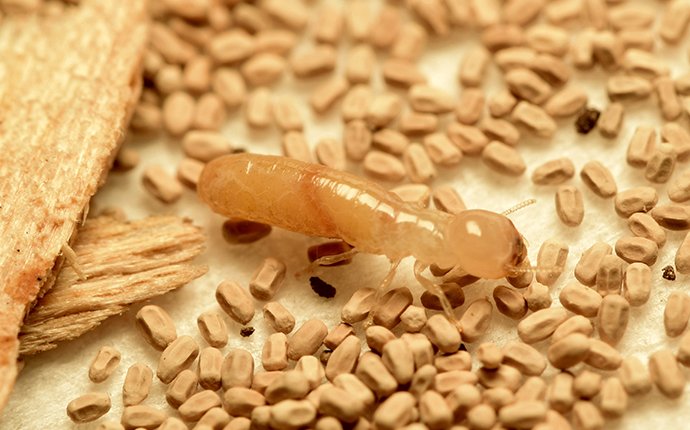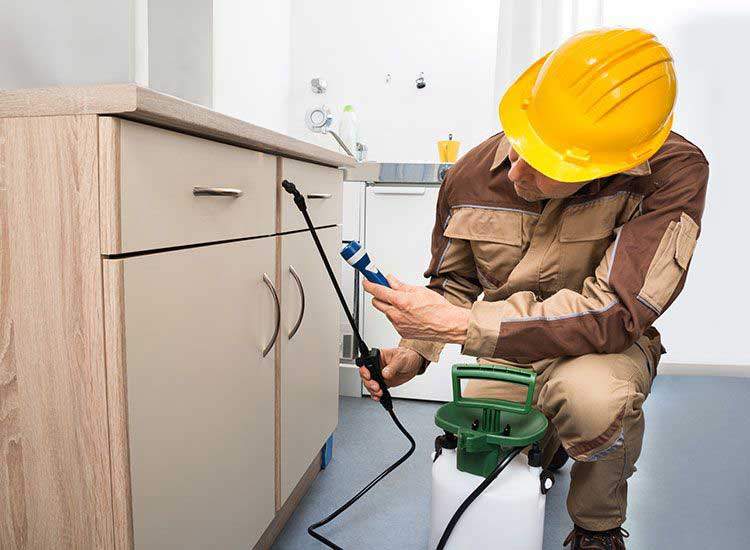 When it comes to household pests, termites are some of the most destructive creatures you can encounter. Among the different species of termites, drywood termites are particularly notorious for causing extensive damage to wooden structures. These silent invaders can wreak havoc on your home, often going unnoticed until significant harm has already been done. In this article, we will explore the nature of drywood termites, the signs of infestation, and effective methods to deal with them.
When it comes to household pests, termites are some of the most destructive creatures you can encounter. Among the different species of termites, drywood termites are particularly notorious for causing extensive damage to wooden structures. These silent invaders can wreak havoc on your home, often going unnoticed until significant harm has already been done. In this article, we will explore the nature of drywood termites, the signs of infestation, and effective methods to deal with them.
Understanding Drywood Termites
Drywood termites, as the name suggests, thrive in dry wood and do not require contact with the soil to survive. They are commonly found in regions with warm climates and can infest various wooden components of a home, including furniture, flooring, and structural beams. Unlike subterranean termites, which build mud tubes for protection, drywood termites create small chambers within the wood, making them difficult to detect.
Signs of Drywood Termite Infestation
Identifying the presence of drywood termites early on is crucial in preventing extensive damage to your property. Here are some common signs of infestation to watch out for:
- Discarded Wings: Drywood termites swarm during mating season, leaving behind discarded wings near windowsills, doorways, or other entry points.
- Frass: Drywood termites produce tiny fecal pellets known as frass. These pellets resemble sawdust or sand and can be found below infested wooden structures.
- Hollow-Sounding Wood: Tap or knock on wooden surfaces suspected of termite activity. If the wood sounds hollow or papery, it may be infested.
- Small Exit Holes: As drywood termites create chambers within the wood, they also create small exit holes through which they push out frass.
Dealing with Drywood Termites
- Professional Inspection: If you suspect a drywood termite infestation, it is advisable to seek the assistance of a professional pest control company. Experienced technicians can conduct a thorough inspection of your property to identify the extent of the infestation and recommend appropriate treatment methods.
- Tent Fumigation: In severe cases of drywood termite infestation, tent fumigation may be necessary. This involves covering the entire structure with a tent and introducing a fumigant gas that penetrates the wood, eliminating the termites.
- Spot Treatment: Spot treatment is a targeted approach where insecticides are applied directly to the infested areas. This method is effective for localized infestations and can help control the spread of drywood termites.
- Heat Treatment: Heat treatment involves raising the temperature within an infested area to a level that is lethal to drywood termites. This method is effective in eliminating termites in furniture, wooden flooring, or other small infested items.
- Wood Replacement: In cases where the infestation is limited to a few wooden structures, it may be necessary to remove and replace the infested wood to ensure complete eradication of the termites.
Prevention is Key
Preventing drywood termite infestation is much easier than dealing with an established one. Here are some preventive measures you can take:
- Regular Inspections: Conduct regular inspections of your property to identify any signs of termite activity. Pay attention to areas where wood comes into contact with soil, such as the foundation and exterior walls.
- Seal Cracks and Gaps: Seal any cracks or gaps in the exterior of your home, as these can serve as entry points for drywood termites. Ensure that windows, doors, and vents are properly sealed as well.
- Store Wood Properly: If you have wooden furniture or other wooden items stored in your home, make sure they are properly treated and sealed. Avoid storing firewood near your house, as it can attract termites.
- Maintain Proper Ventilation: Ensure that your home has proper ventilation, especially in areas with high humidity. Drywood termites thrive in moist environments, so good airflow can help deter their infestation.
Conclusion
Drywood termites pose a significant threat to the integrity of your home’s wooden structures. By familiarizing yourself with the signs of infestation and taking preventive measures, you can protect your property from these hidden home wreckers. If you suspect a drywood termite infestation, it is always recommended to seek professional assistance for effective treatment and eradication. Remember, early detection and swift action are key to minimizing damage and preserving the beauty and value of your home.


